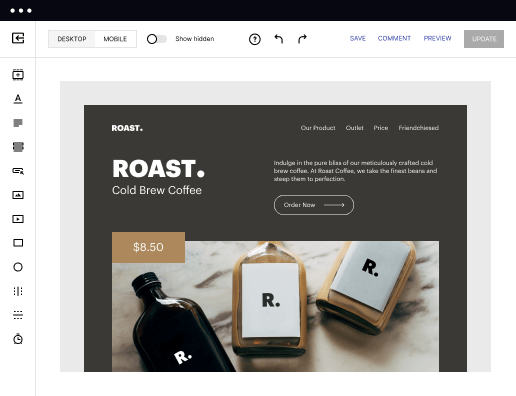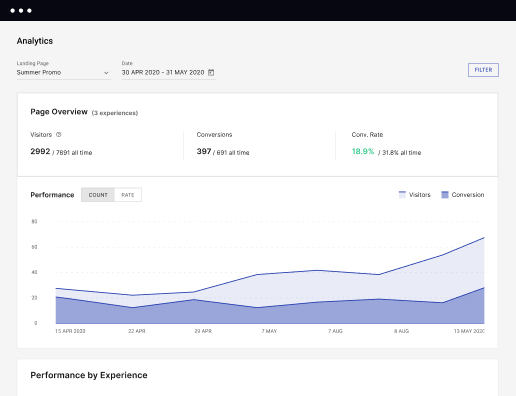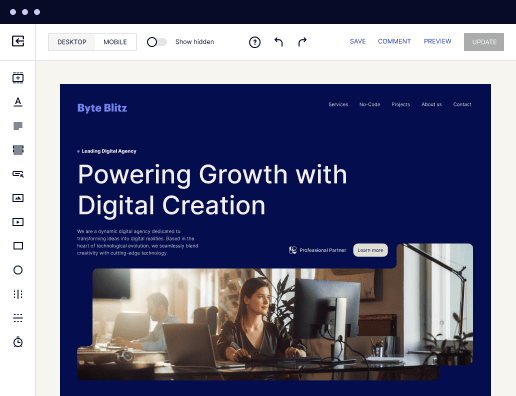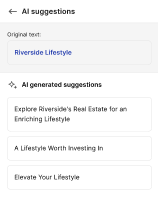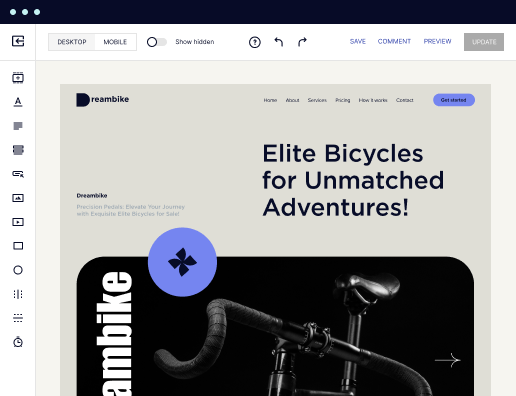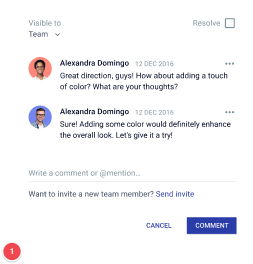Make your API documentation page optimized for MacBook
Instapage empowers you to slash costs, skyrocket conversions, and deliver tailored experiences on MacBook.
Your Ultimate Guide to Creating an API Documentation Page on MacBook
Creating an API documentation page on a MacBook can significantly enhance your developers' experience, ensuring that both functionality and usability are first-class. With Instapage, marketers can effortlessly design landing pages that drive brand trust, customer loyalty, and higher conversion rates. You'll find this guide invaluable, as it navigates the essential steps in creating an effective API documentation page tailored for your audience.
Understanding the Purpose of API Documentation
API documentation acts as a crucial reference point for developers. It encapsulates everything they need to know about the API, from its features to the endpoints. In essence, a well-structured documentation page enhances developer engagement and optimizes API usage.
- Clarifies functionality: Helps users understand how to effectively use the API's capabilities.
- Facilitates onboarding: Aids new developers in quickly becoming proficient with your API.
- Reduces support requests: Provides comprehensive information, decreasing the number of support inquiries.
Step 1: Choosing the Right Tools
To start, select a platform that aligns with your development needs. Instapage offers an easy-to-use landing page builder, ensuring that you can create detailed and attractive API documentation without requiring any coding knowledge.
- Flexibility: Use the 100+ conversion-focused layouts to design your API page effectively.
- Optimization tools: Utilize features like A/B testing to determine the best layout for user experience.
- Collaboration features: Easily involve stakeholders in the review and feedback process.
Step 2: Structuring Your API Documentation
An effective API documentation page is well-organized and easy to navigate. Begin with an overview of the API's purpose, followed by detailed sections covering authentication, available endpoints, sample requests, and responses.
- Overview section: Provide a clear summary of API functionalities.
- Authentication details: Explain how users can authenticate their requests.
- Endpoints list: Clearly categorize each endpoint with its functionalities and parameters.
Step 3: Adding Interactive Elements
Incorporating interactive features can significantly enhance user engagement. Use Instapage's dynamic text replacement and analytics tools to track user interactions with your documentation.
- Code samples: Provide examples users can easily copy and paste.
- Interactive demos: Allow users to try out API calls directly from the documentation.
- Feedback forms: Encourage user input for continuous improvements.
In conclusion, creating an API documentation page on your MacBook doesn't have to be daunting. By following these structured steps and utilizing the robust features provided by Instapage, you’ll develop a resource that drives user success and enhances your brand's credibility.
Ready to boost your API documentation efforts? Start using Instapage today to create landing pages that captivate your audience and increase conversions!
Get more out of Create your API documentation page on MacBook
Improve your Quality Score with quick load technology for landing pages
Increase conversions with content that aligns with your ads and audiences
Achieve maximum ROI by scaling your marketing initiatives
Leading the way in building high-performing landing pages





FAQs
See how to create your api documentation page on macbook in action
Ready to skyrocket conversions?
Supercharge your ad campaigns with high-performing landing pages.
Get started


